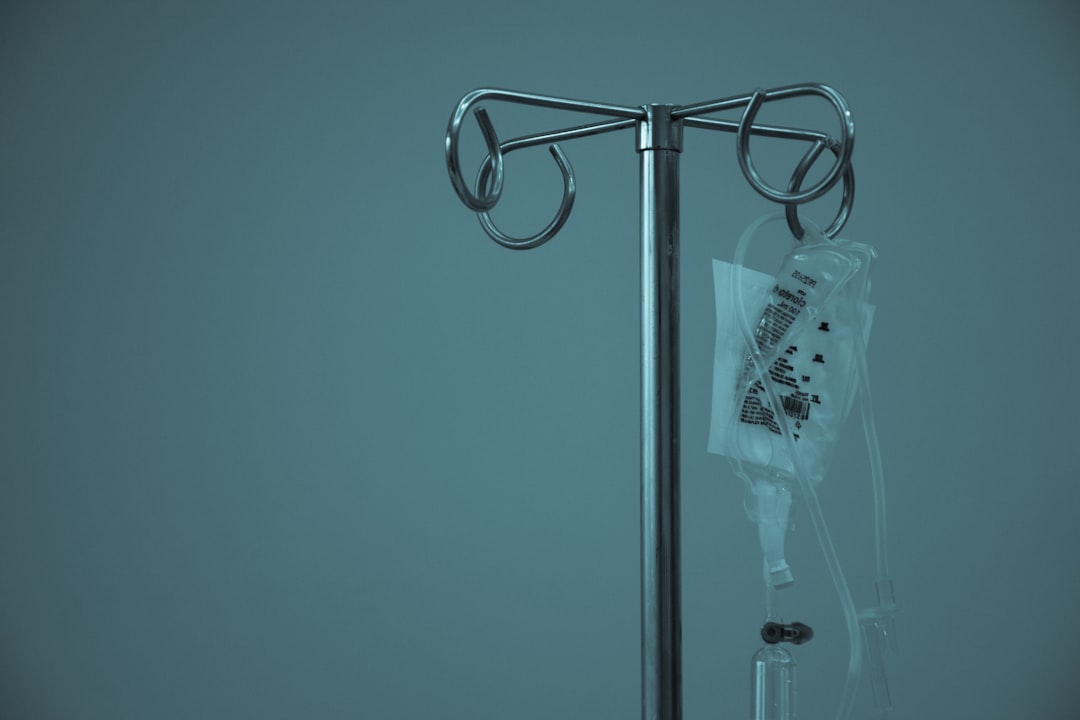
Understanding the Legal Process in a Medical Malpractice Case
Posted by on 2024-09-23
Understanding the Legal Process in a Medical Malpractice Case
Navigating through the labyrinthine corridors of a medical malpractice case can be daunting for anyone unfamiliar with the legal system. These cases often involve complex interactions between healthcare standards, legal principles, and personal grievances. This essay aims to elucidate the fundamental aspects of the legal process in a medical malpractice case, providing clarity on what can otherwise seem like an overwhelming ordeal.
At its core, medical malpractice occurs when a healthcare professional deviates from the accepted standard of care, resulting in harm or injury to a patient. The legal journey begins with recognizing that harm has occurred and attributing it to potential negligence or misconduct by a medical practitioner.
The first step in this process is consultation with an attorney who specializes in medical malpractice. This initial meeting is crucial as it allows for a preliminary assessment of whether there is a viable case. The attorney will gather pertinent information about the patient's condition, treatment received, and any discrepancies noted during their care. This stage also involves reviewing medical records and possibly consulting with medical experts to understand if there was indeed a breach in the standard of care.
Once it's determined that there's sufficient ground to move forward, filing a complaint marks the official beginning of legal proceedings. The complaint outlines the plaintiff’s allegations against the healthcare provider and sets forth the basis for seeking compensation. It's essential that this document is meticulously detailed because it forms the foundation upon which the entire case will be built.
Following the filing of a complaint, both parties enter into what is known as discovery. Discovery is an exhaustive phase where each side exchanges relevant information and evidence related to the case. This period can involve depositions—recorded interviews conducted under oath—where witnesses, including medical professionals involved in treating the patient, are questioned extensively by attorneys from both sides.
During discovery, expert testimonies play an instrumental role in shaping the trajectory of the case. Medical experts are called upon to provide opinions on whether there was indeed deviation from standard medical practices and if such deviations directly resulted in harm to the patient. Their insights help establish whether negligence occurred and quantify its impact.
As discovery concludes, there may be attempts at settlement negotiations. Settling out-of-court can save time, costs associated with prolonged litigation, and emotional strain on all parties involved. However, if an agreeable settlement cannot be reached, preparations for trial commence.
The trial itself involves presenting evidence before either a judge or jury who will ultimately decide on liability and damages based on what has been presented during proceedings. Both sides present opening statements followed by witness testimonies and cross-examinations designed to bolster their respective arguments while discrediting those presented by opponents.
Finally comes closing arguments summarizing key points made throughout trial followed by deliberation from jury (or decision from judge). If verdict favors plaintiff they would receive compensation covering various damages suffered due injuries caused negligence; conversely defense winning results no compensation being awarded plaintiff but doesn't necessarily mean healthcare provider free future claims similar nature especially patterns emerge indicating systemic issues within practice/hospital etc..
In conclusion understanding legal process behind pursuing successful claim against negligent healthcare provider requires navigating multiple stages each critical ensuring justice served fair manner possible given circumstances surrounding individual cases . While journey arduous one filled numerous complexities challenge worthwhile pursuit victims receive deserved restitution allowing them move forward lives post-traumatic experiences caused avoidable errors within field meant safeguard health well-being all individuals entrust themselves hands trained professionals every day worldwide .